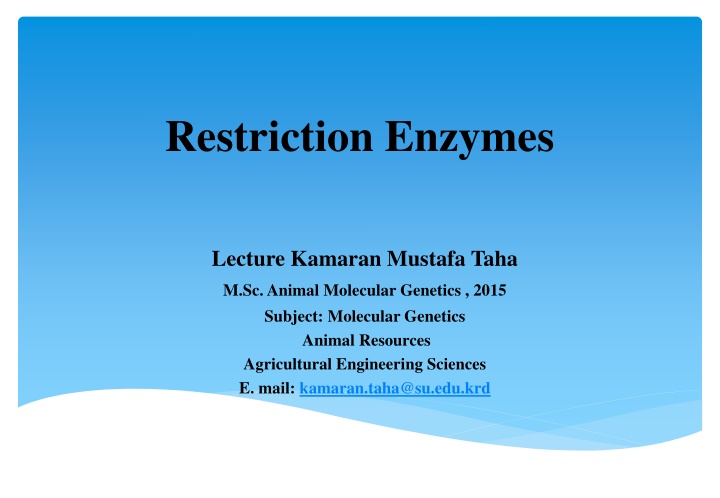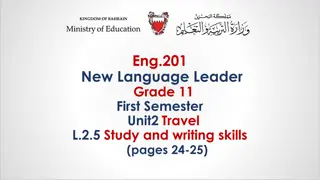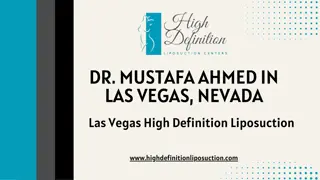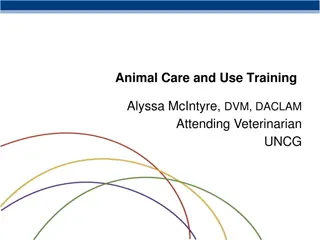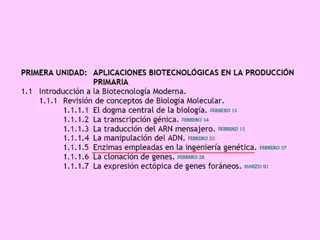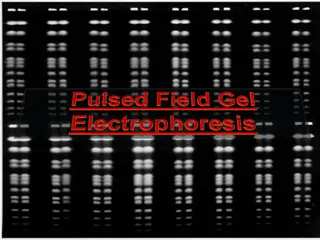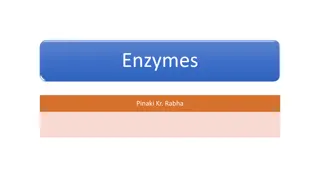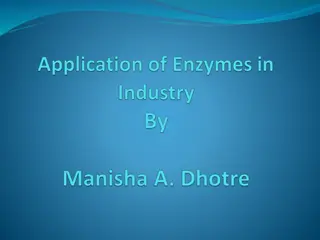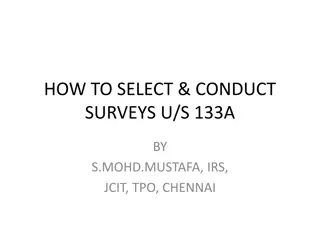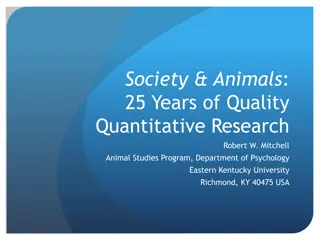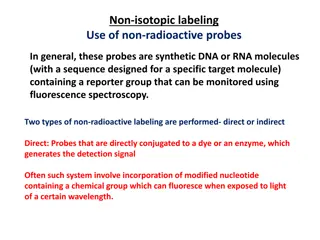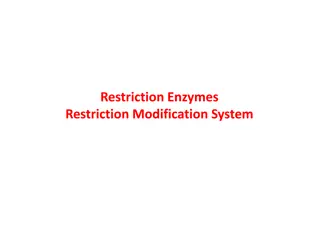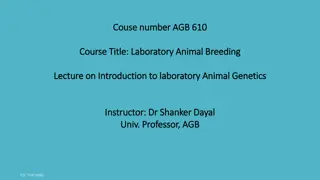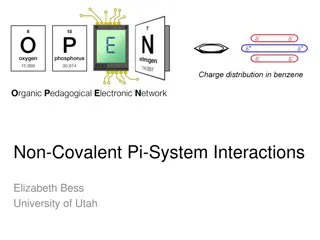Restriction Enzymes Lecture by Kamaran Mustafa Taha M.Sc., Animal Molecular Genetics
Explore the intricate world of restriction enzymes through this comprehensive lecture by Kamaran Mustafa Taha M.Sc. in Animal Molecular Genetics. Delve into the subject of Molecular Genetics within the context of Animal Resources in Agricultural Engineering Sciences.
Download Presentation

Please find below an Image/Link to download the presentation.
The content on the website is provided AS IS for your information and personal use only. It may not be sold, licensed, or shared on other websites without obtaining consent from the author.If you encounter any issues during the download, it is possible that the publisher has removed the file from their server.
You are allowed to download the files provided on this website for personal or commercial use, subject to the condition that they are used lawfully. All files are the property of their respective owners.
The content on the website is provided AS IS for your information and personal use only. It may not be sold, licensed, or shared on other websites without obtaining consent from the author.
E N D
Presentation Transcript
Restriction Enzymes Lecture Kamaran Mustafa Taha M.Sc. Animal Molecular Genetics , 2015 Subject: Molecular Genetics Animal Resources Agricultural Engineering Sciences E. mail: kamaran.taha@su.edu.krd
Quiz Why do we use 1% agarose gel to genomic DNA, while 2% or more for the parts of DNA?
Introduction Restriction enzymes are a special group of nucleases which make specific cut of DNA strands to produce fragments. They are a chemical knives used in engineering. They are discovered by Lederbreg and Meselson in 1964. These enzymes naturally occur in all bacteria. They are class of endonucleases, so they also called restriction endonucleases. 3,000 enzymes have been identified, around 200 have unique properties, and many are purified and available commercially.
Classification of restriction endonucleases:
Nomenclature of Restriction Enzymes They are named by using: The first letter of genus The first two letters of species Strain abbreviation Numerical letter for strain containing more than one enzyme
Example: EcoR1 Genus: Escherichia Species: coli Strain: R Order discovered: 1
Recognition Site: Each restriction enzyme recognizes a specific base sequence about 4-8bp on the DNA strand this sequence is called recognition site (palindromic). The ability of an enzyme to recognize a particular sequence is called sequence specificity.
A four-base cutter:HpaII ( Haemophilus parainfluenzae) 5'-C CGG-3' 3'-GGC C-5' A six-base cutter:HindIII ( Haemophilus influenzae) 5'-A AGCTT-3' 3'-TTCGA A-5' An eight base cutter: Asc I (Arthrobacter species - E. coli) 5'- GG CGCGCC -3' 3'-CCGCGC GG-5'
1- Sticky ends (cohesive ends): a.5 overhang: BamHI (Bacillus amyloliquefaciens) 5 -G GATCC-3
2- Blunt ends (neither end is overhanging) Flush (level): Sma I (Serratia marcescens) cuts in the middle 5'-CCC GGG-3
Example of use RFLP in the detection of mutation in disease state: Mutation in the Methyl tetrahydrofolate reductase enzyme could lead to increase level of homocysteine in blood and leads to increase risk of thrombosis in these individuals carrying the mutation
Example of use of RFLP in the detection of mutation in new Carcass trait: Mutation in the calpastatin gene leads to increase number of muscles in these individuals carrying the mutation.
Below are the recognition sites of two of the enzymes, BamHI and BclI. a) BamHI, cleaves after the first G. Does cleavage by BamHI result in a 5 or 3 overhang? What is the sequence of this overhang? 5 GGATCC 3 / 3 CCTAGG 5 b) BclI cleaves after the first T. Does cleavage by BclI result in a 5 or 3 overhang? What is the sequence of this overhang? 5 TGATCA 3 / 3 ACTAGT 5 c) You are given the DNA shown below. 5 ATTGAGGATCCGTAATGTGTCCTGATCACGCTCCACG 3 3 TAACTCCTAGGCATTACACAGGACTAGTGCGAGGTGC 5 i) If this DNA was cut with BamHI, how many DNA fragment would you expect? Write out the sequence of these double-stranded DNA fragments. ii) If the DNA shown above was cut with BclI, how many DNA fragment would you expect? Write out the sequence of these double-stranded DNA fragments. d) You can ligate the smaller restriction fragment produced in (c, i) to the smaller restriction fragment produced in (c, ii). Write out the sequence of the resulting recombinant fragment.
Thank you very Thank you very much for your much for your attention attention
